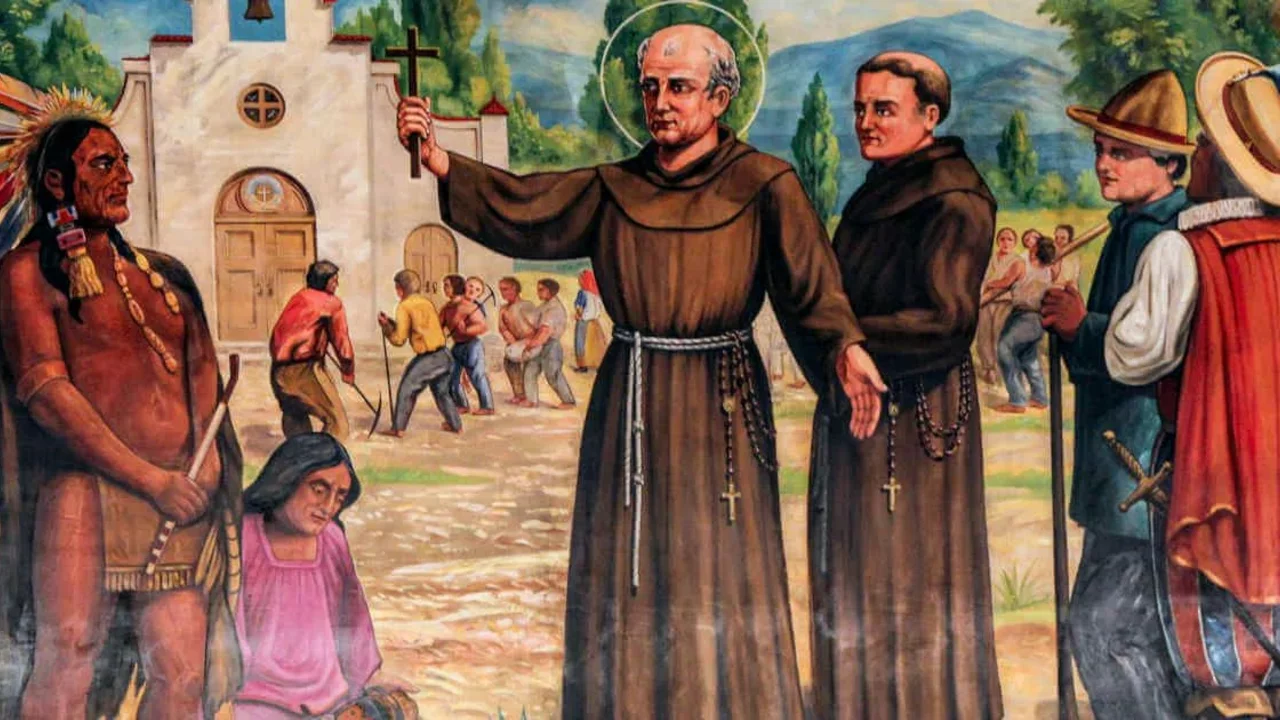The Pioneering Path
So, what sparked my interest in the Spanish Missions of California? Just a solitary textbook picture did the trick. You see, back in my school days, flipping through history textbooks with mates during those expectedly boring lectures was a refuge. The excitement amplified when we stumbled upon a rather intriguing picture, a Spanish Mission nestled in the heart of California. To my Australian eyes, this felt strange. Why was there a Spanish mission built halfway across the world in California?
The Twin Engines: Gold and God
The primary foundations upon which the Spanish built their missions in California tie back to two themes – Gold and God. Fascinating, isn't it? It was a part of their grand strategy known as the "Mission-System". The first goal, you might have guessed already was to find gold. The second was to convert the local Native Americans to Christianity, felt mandatory by the Spanish to establish their dominance in the region.
It's all there in the name 'Mission'. The Spanish connotations for it go far beyond just a religious center. In fact, it portrays the Spanish objective to colonize and spread their religious, cultural, and, economic influence – a heavy task, eh?
The Building Blocks of Missions
Now that we've got a whiff of the why, let's tap into the how. In typical Spanish fashion, the Missions were glorious and grandiose. Traditional structures were blended with local influences to create some truly remarkable architecture - talk about being resourceful! Here in Brisbane, when we barbecue, we make sure every bit of the Kangaroo is put to good use. That's how the Spanish were missing no trick while building their Missions.
A Stark Shining Shadow
Contrarily to the glinting gold and devotedly built Faith fortresses, a dark shadow lurks behind the history of these Missions. Although the Spanish portrayed themselves as bearers of Christianity, their methods for achieving spiritual conquests were often harsh. The Native Americans were heavily pressured to convert, stripping away their indigenous culture and identity. It may be an exciting story, but as humans, you can't help but empathize with the heavy toll the natives had to pay.
A Sombre Silhouette
It's interesting how the stark and glittering reality of the Missions coexist. Just like a silhouette, cast from a shining source of light. A silhouette stands dark and undefined, much like the troubled past of the Native Americans amidst the glossy Spanish saga. On a lighter note, though, back here in Brisbane, there's a silhouette show in the Roma Street Parkland, which never fails to amaze, with its mesmerizing interplay of light and dark.
The Legacy Left Behind
Fast forward to the present day, and these Missions have left a significant imprint on California's cultural, historical, and societal landscape. They've become examples of the fusion of cultures and a source of identity for many Californians. Just like how Aussie attributes like Vegemite and a good old 'G'day mate' have become an integral part of my identity, so have these Missions for many Californians.
Muses of Popular Culture
Let's bring in some fun here! These Missions, over the centuries, had also become muses for popular culture, inspiring numerous books, movies, even video games! I mean, who knew right? From stirring adventure novels like Zorro to the popular video game series, Assassins Creed, the Missions have been immortalized in a myriad of ways.
Why The Story Matters
In conclusion, an understanding of why the Spanish built missions in California illuminates more than just the mind. It makes us realize the dynamics of cultural exchanges, colonization, and the importance of preserving indigenous heritage. A story not just relevant to California, but to every culture that was forged, shaped, and reshaped throughout history. Sure, Brisbane might have a completely different history. But why not ponder the broader lesson of retaining our cultural identity while embracing the ongoing global exchange, right mates?





